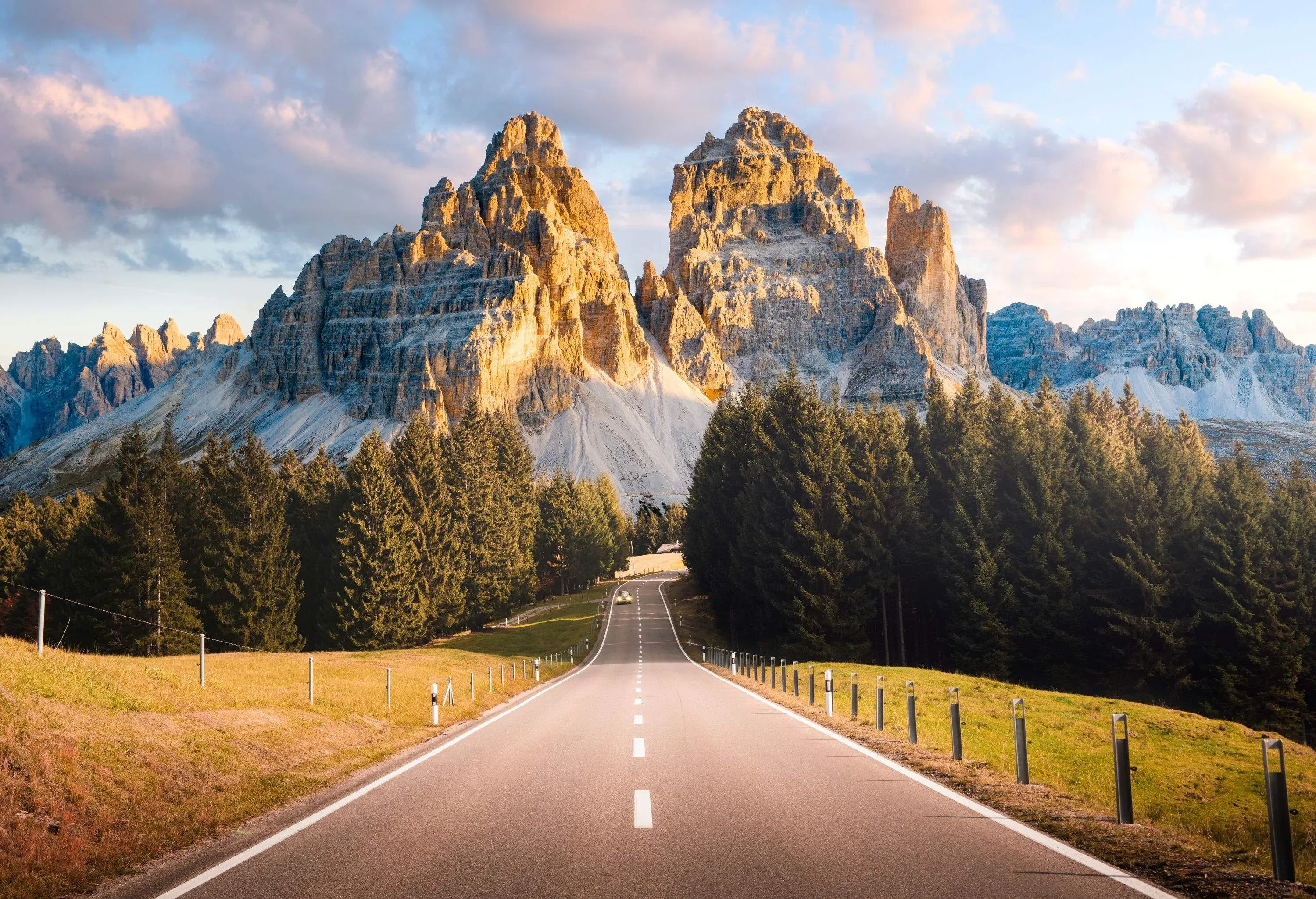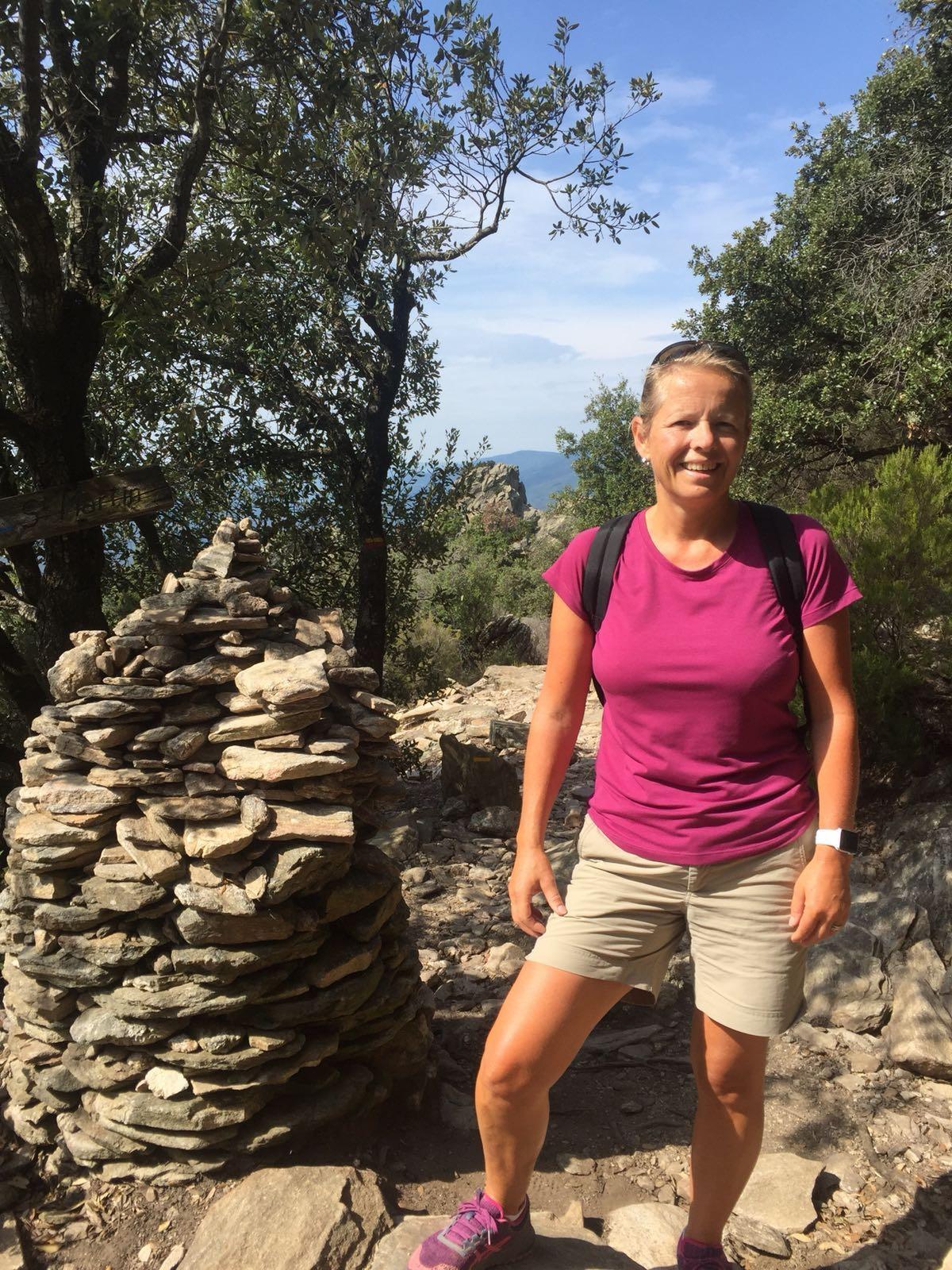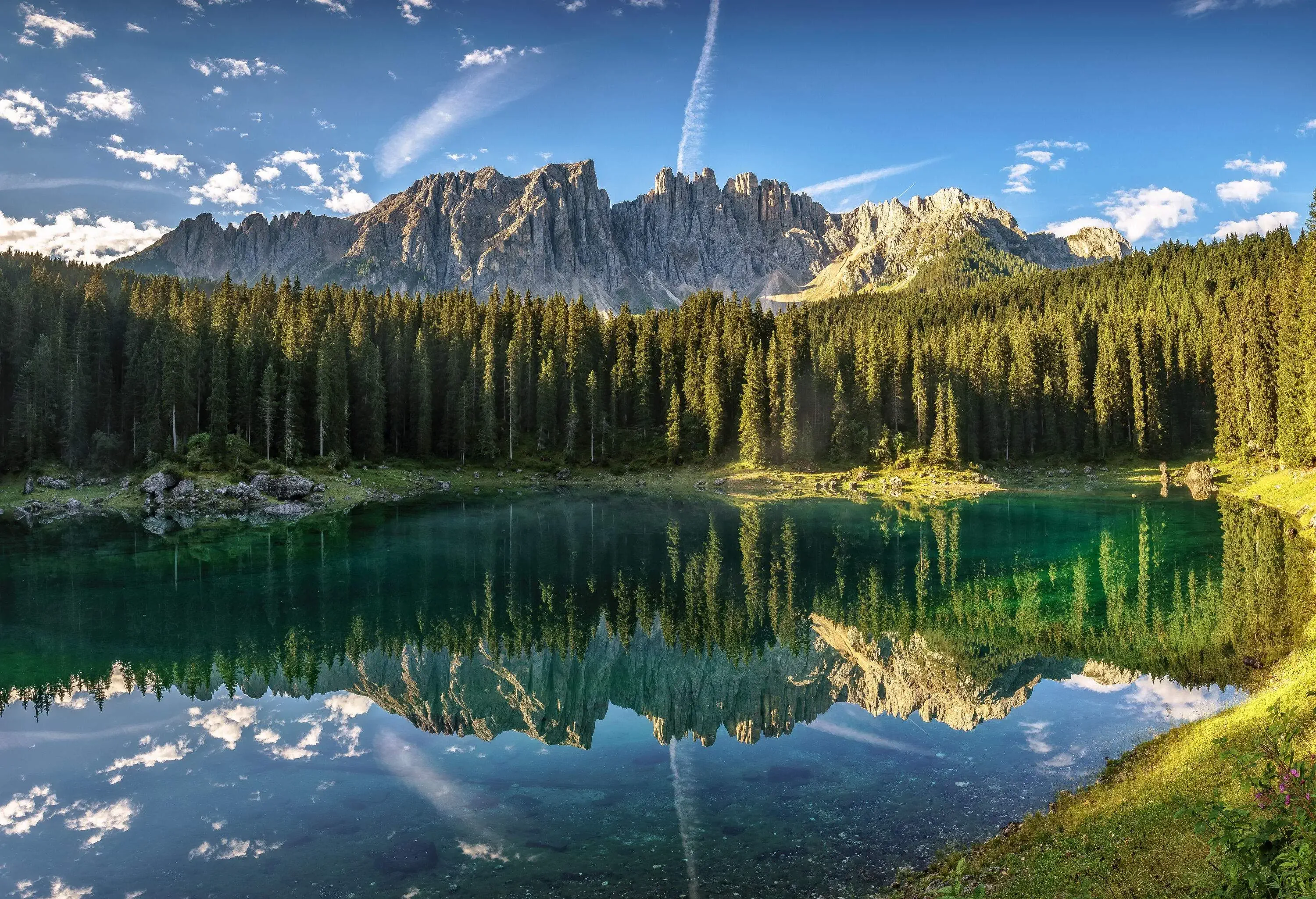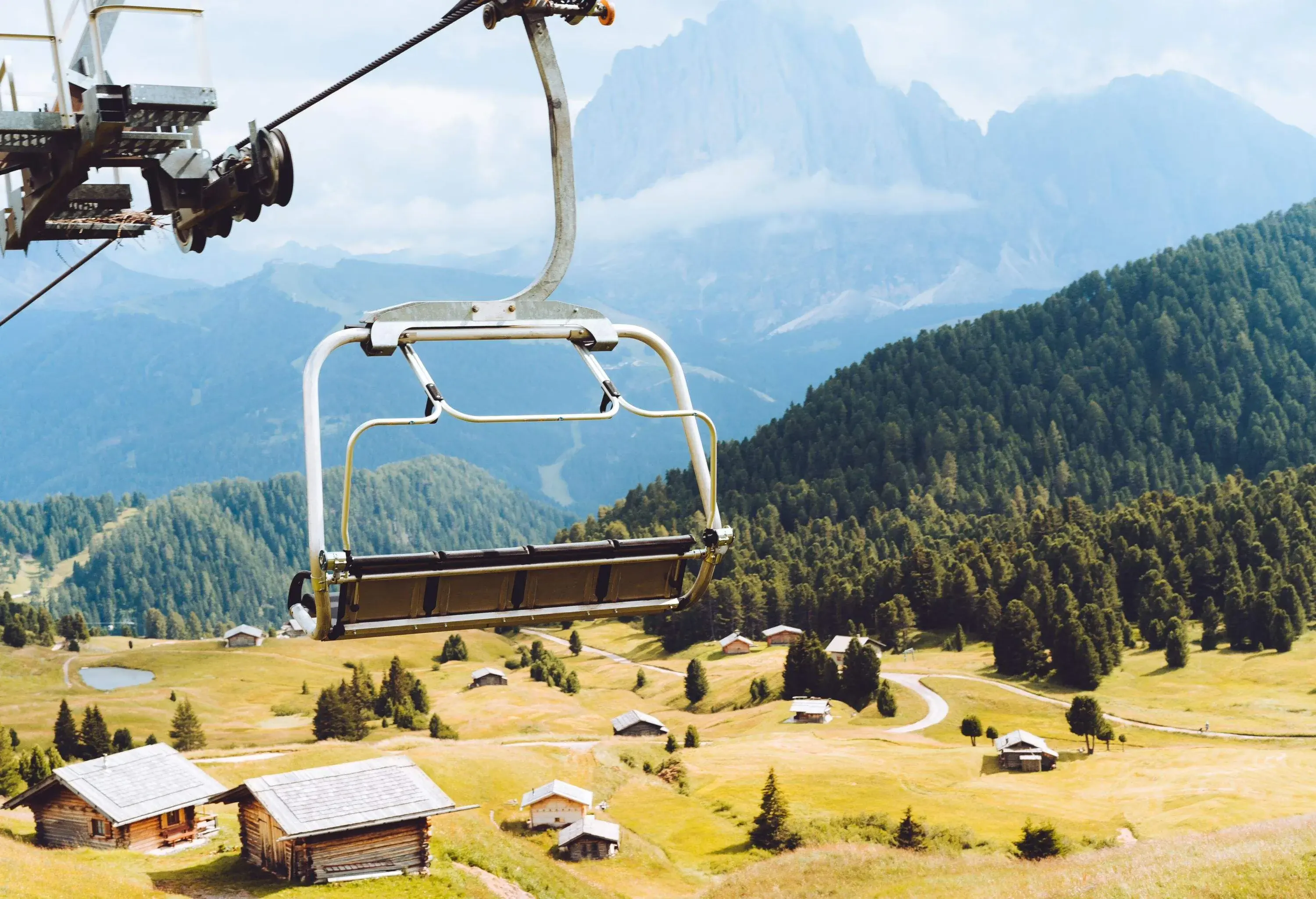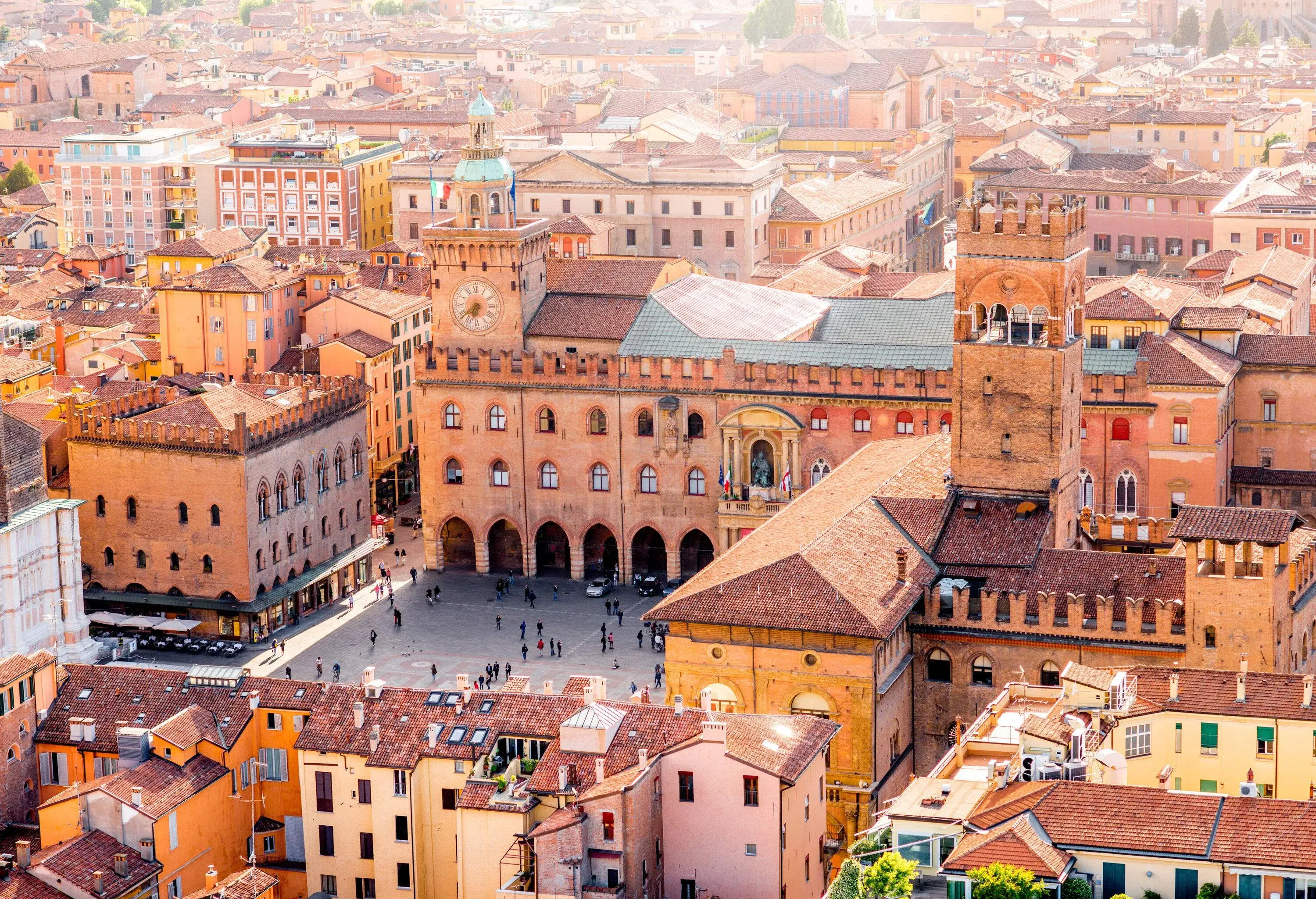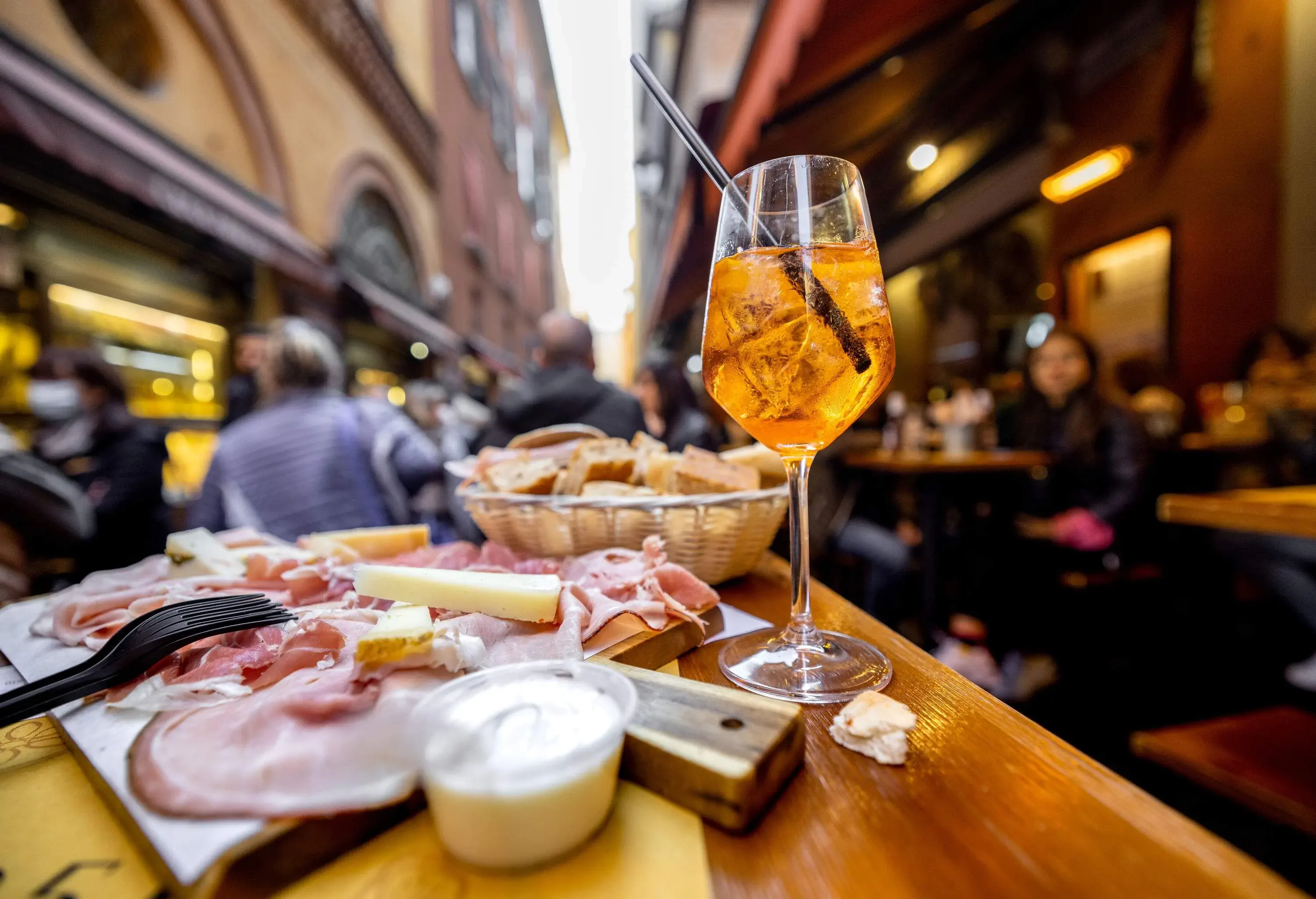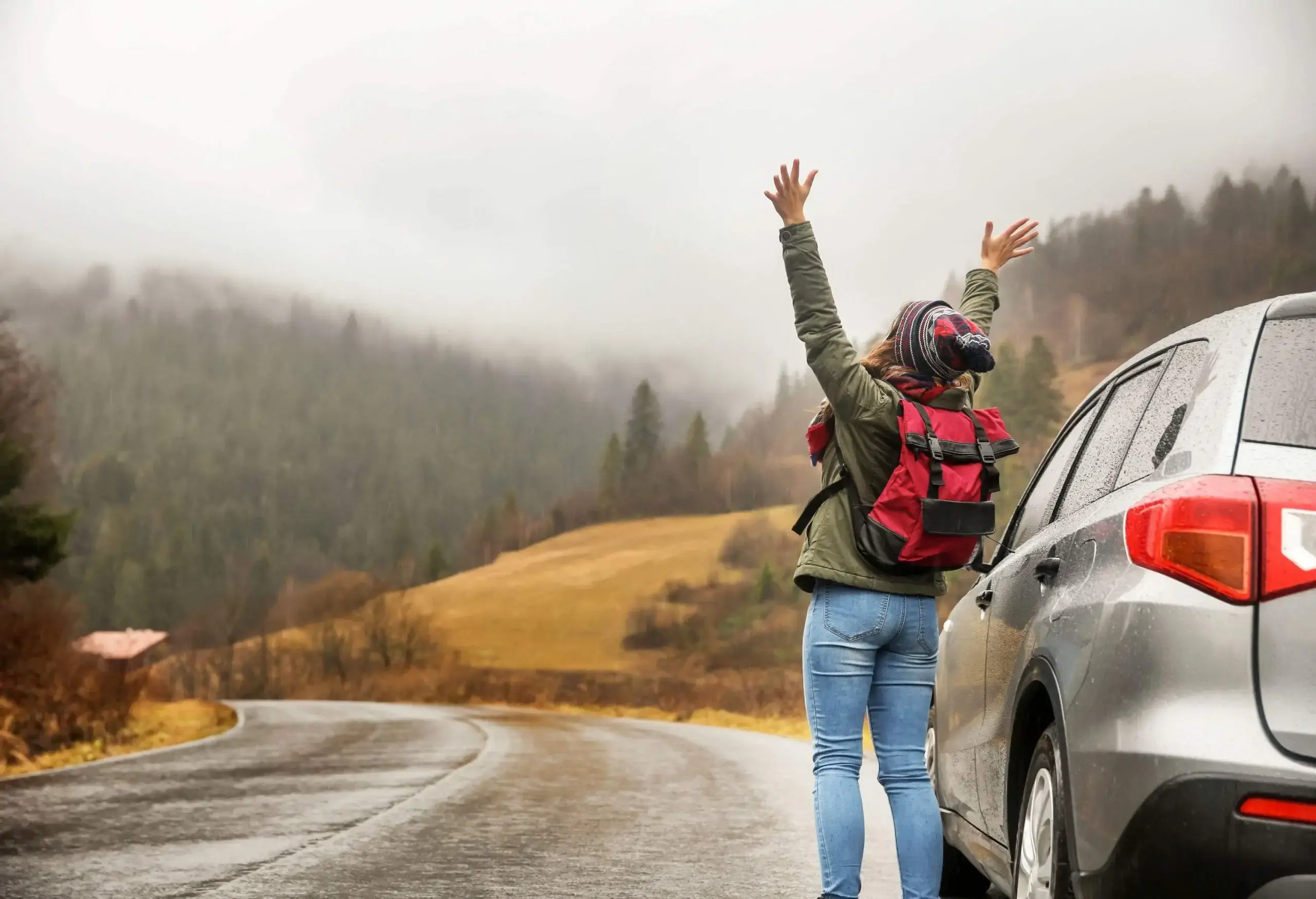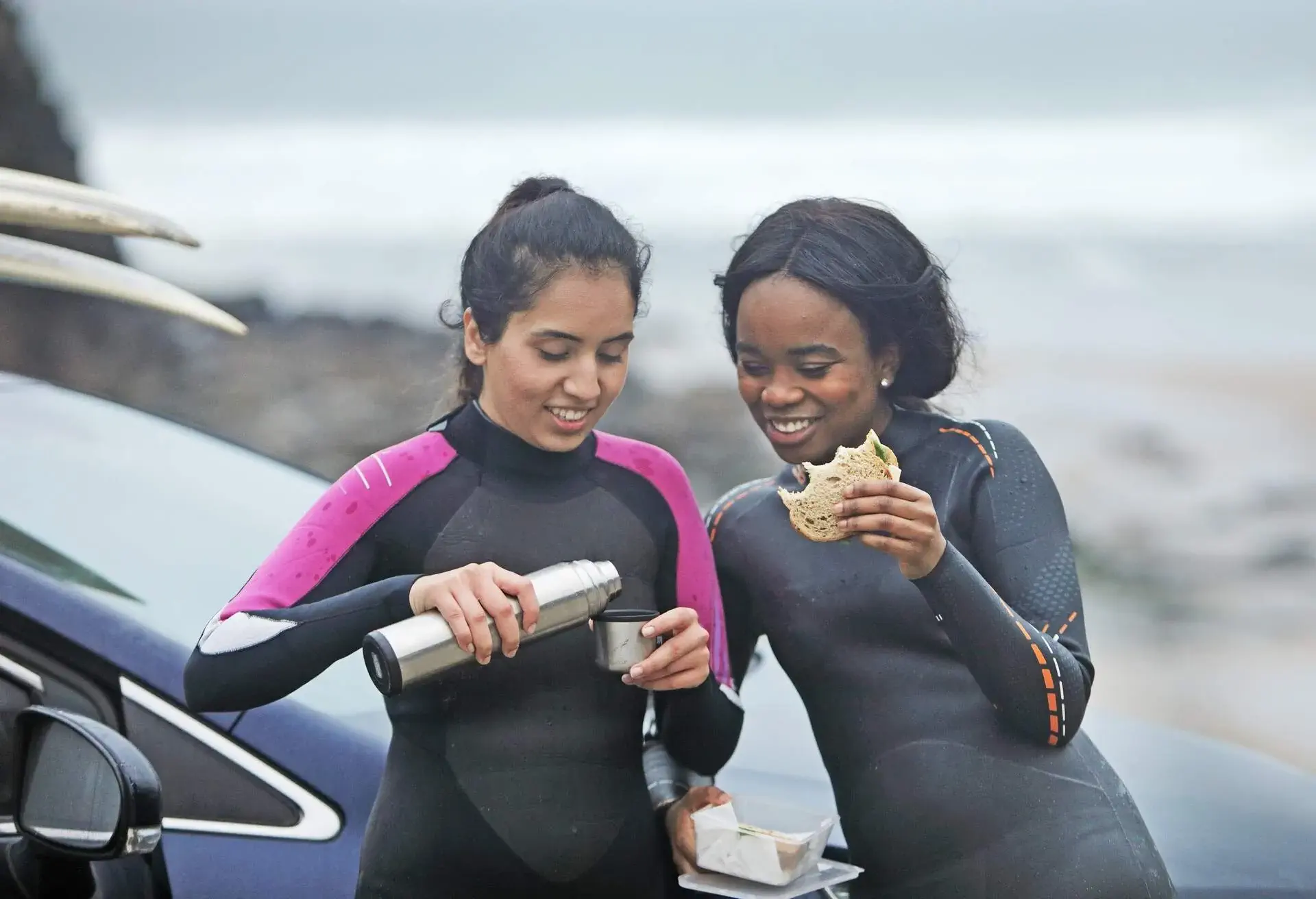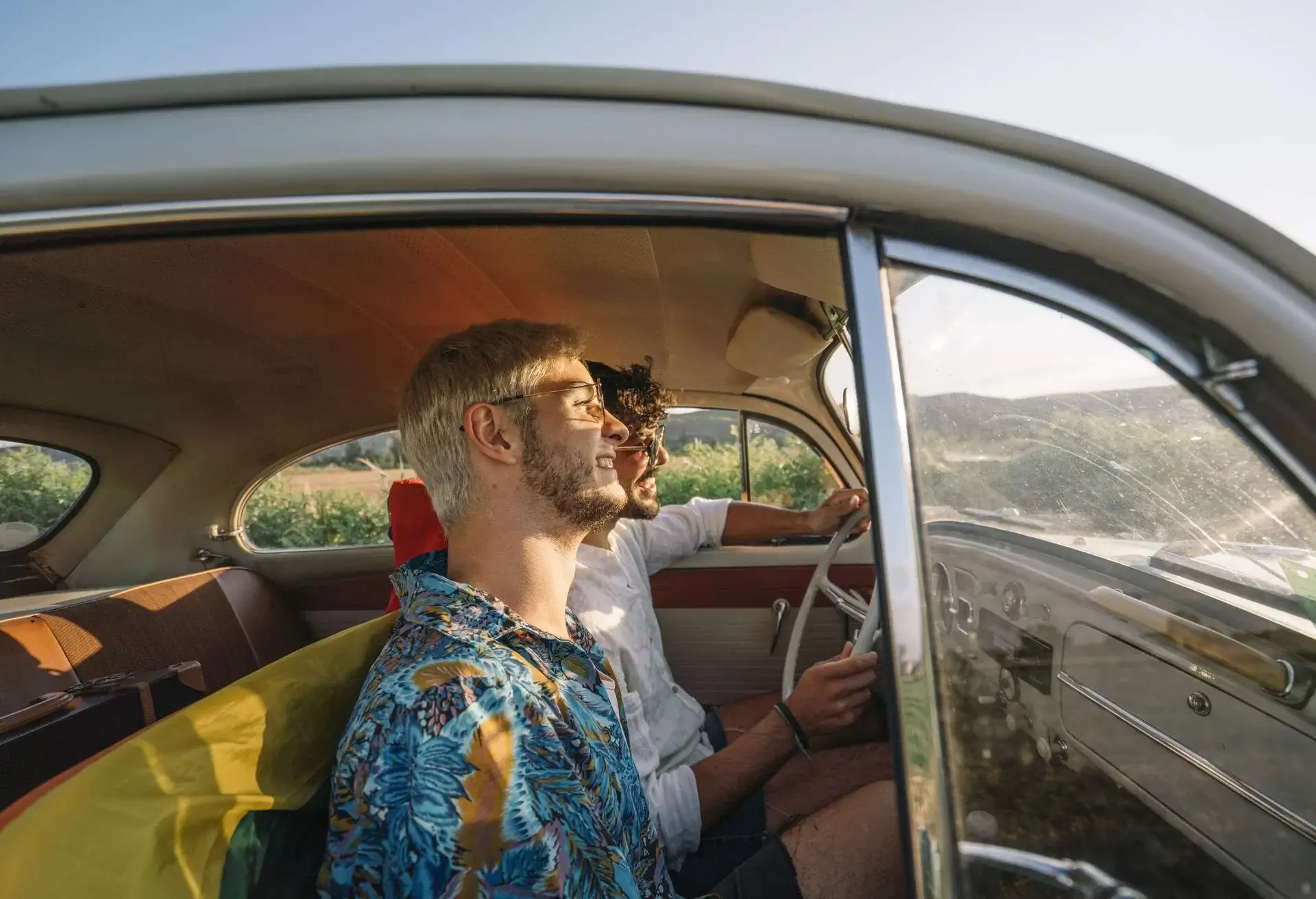Embark on an unforgettable journey through Europe as we explore breathtaking landscapes, iconic landmarks, and hidden gems on the ultimate European road trip.
Come with us and explore the beauty and diversity of Germany, Austria, and Italy! From the breathtaking Alps to the historic European cities, this unforgettable road trip in Europe promises stunning landscapes, rich history, delicious cuisine, and exciting adventures at every turn!
Fairy tale castles Alpine Peaks and culinary gems
A 14 days road trip around Europe covering 672 miles
Start in Munich where beer halls royal squares and leafy parks welcome you to Bavaria
Sightsee Fusen a mountain town of sleepy lanes and turreted castles
Visit Insbrook where golden rooftops meet snowcapped peaks and Tyolian charm
Explore Canazei a dramatic Dolomites hub for high altitude hiking, skiing and jaw-dropping views
Glide through Venice where canals marble churches and centuries of splendor float by
Savor Bolognia Italy’s tastiest secret of porticos pasta and Renaissance soul
Finish in Milan where fashion art and aeritivo culture come together in true Italian style.
Europe’s calling You in? Search your perfect ride on kayak
The key information for your road trip in Europe
| Best time to go: | May-June or September-October. |
| Average cost for 2 travelers: Including 14 days of car rental, 14 nights in hotels, and gas. | About $3,700 |
| Best car to rent: | A Volkswagen Golf, or similar. |
- Average price for one night in a mid-range double hotel room in Germany: €171 ($185)
- Average price for one night in a hostel in Germany: €94 ($102)
- Average daily rate for a rental car in Germany: €70 ($75)
- Cost of 1 gallon of gas in Munich: €6.54 (approx. $7.50) in June 2025, according to numbeo.com (you’ll need approx. 20 gallons to cover 672 miles)
European road trip: the ultimate 2 weeks itinerary
Day 1: Munich (one night)
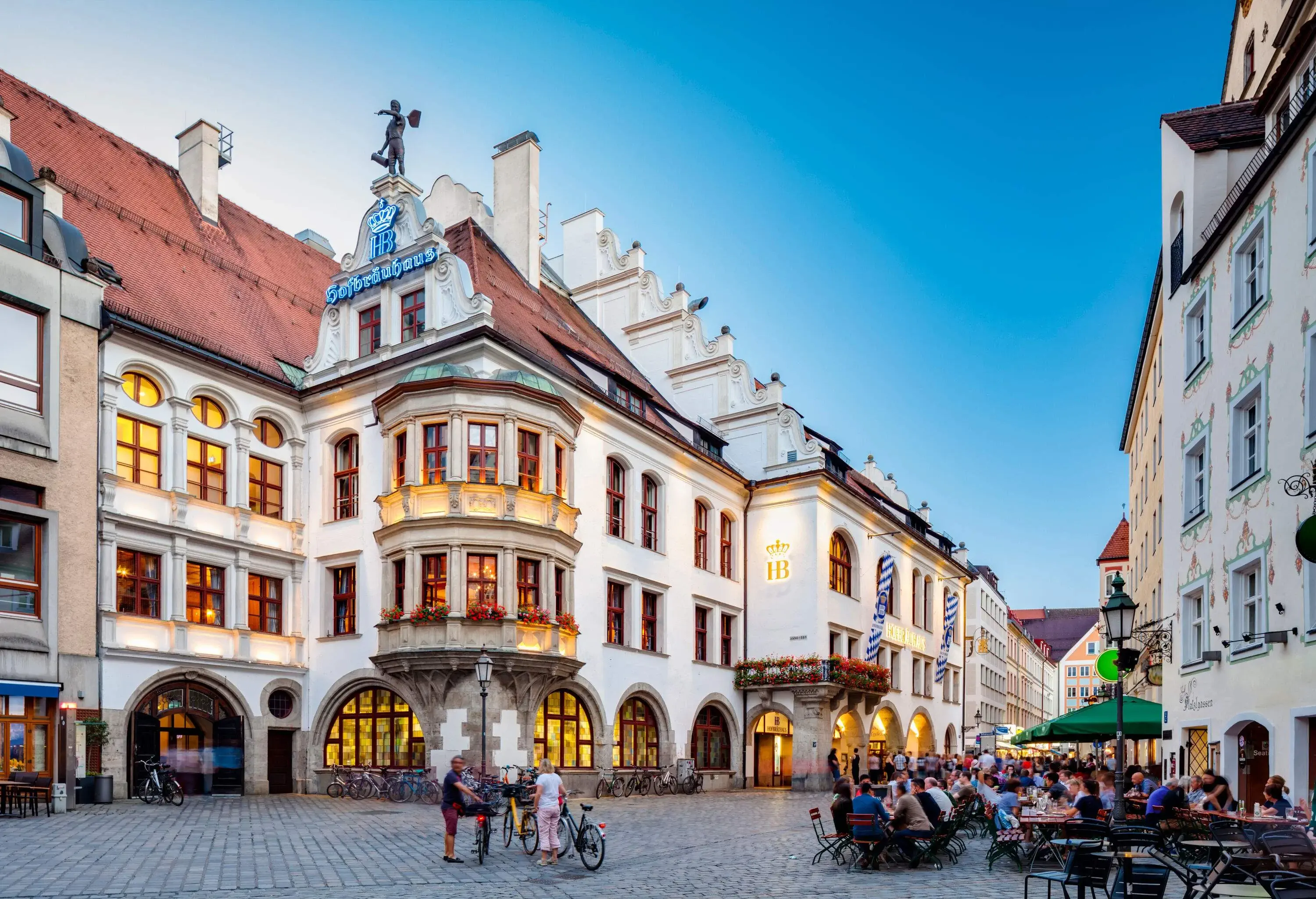
Munich is the capital of Bavaria and Germany’s third-largest city. Located on the Isar River north of the Bavarian Alps, the city is known for its centuries-old buildings, world-class museums, and beautiful schloss like the splendid 17th-century neo-classical Nymphenburg Palace.
Marienplatz is the city’s main square and is home to the iconic Glockenspiel, a clock tower that features a mechanical performance of jousting knights and dancing peasants. Many historic buildings, including the New Town Hall and the Old Town Hall, also surround the square.
If you can’t be in Munich for the most famous festival in Germany, you can find the Oktoberfest vibe and traditional Bavarian beer at the 400-year-old Hofbräuhaus, the most famous beer hall in the world.
Where to stay in Munich: The Nyx Hotel Munich by Leonardo Hotels is an hour's drive from Munich International Airport and well-placed for your onward journey. You can also hop on the nearby U-Bahn and be in the city center in 20 minutes.
Days 2 & 3: Füssen (two nights)
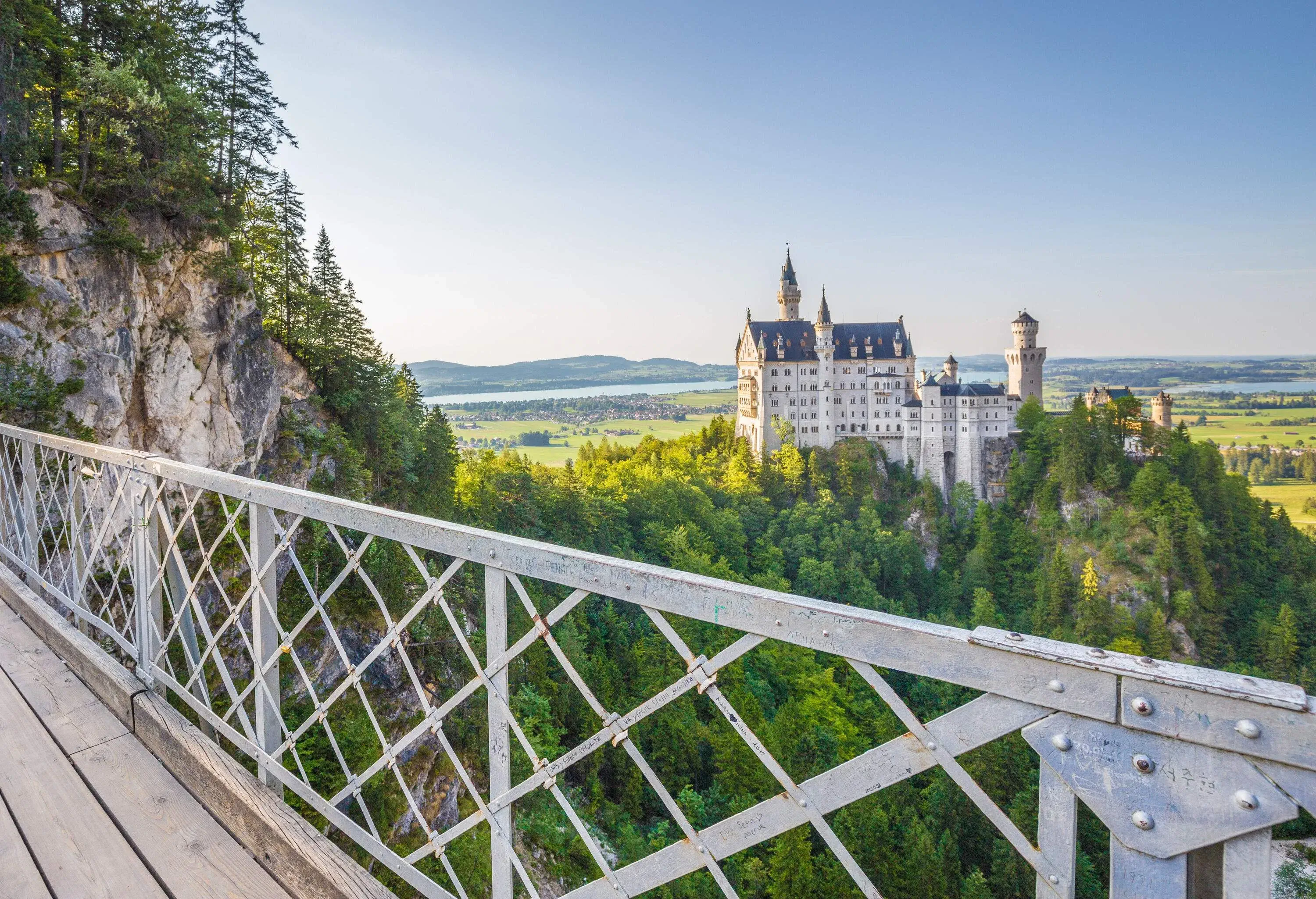
Distance from Munich: 76 miles - 1.5 hours
Füssen is a charmingly traditional Bavarian town right on the border with Austria and makes a great base for exploring the castles of the region.
But before we get to that, your drive there from Munich will take you along the famous Romantic Road, possibly the world’s best-known touring route. Head to Landsberg am Lech and then Schongau, Peiting, and the villages of Rottenbuch, Wildsteig and Steingaden.
This area of Bavaria is known as the Pfaffenwinkel and is famous for its picturesque pilgrimage churches and monasteries. The name itself refers to the local dialect for priests or Pfaffen and means ‘priest’s corner’.
Spend day three of your trip exploring the nearby castles the area is famous for. They should be part of any Germany road trip and are well worth a visit. We recommend the iconic Neuschwanstein Castle with its fairytale turrets and towers and dramatic mountain backdrop, and Linderhof Palace, the smallest and simplest of King Ludwig II's castles located close to Oberammergau, a gorgeous Bavarian village famous for the once-in-a-decade Passion Play.
Where to stay in Füssen: Hotel Sonne is centrally located and has its own parking.
Day 4 & 5: Grainau (two nights)
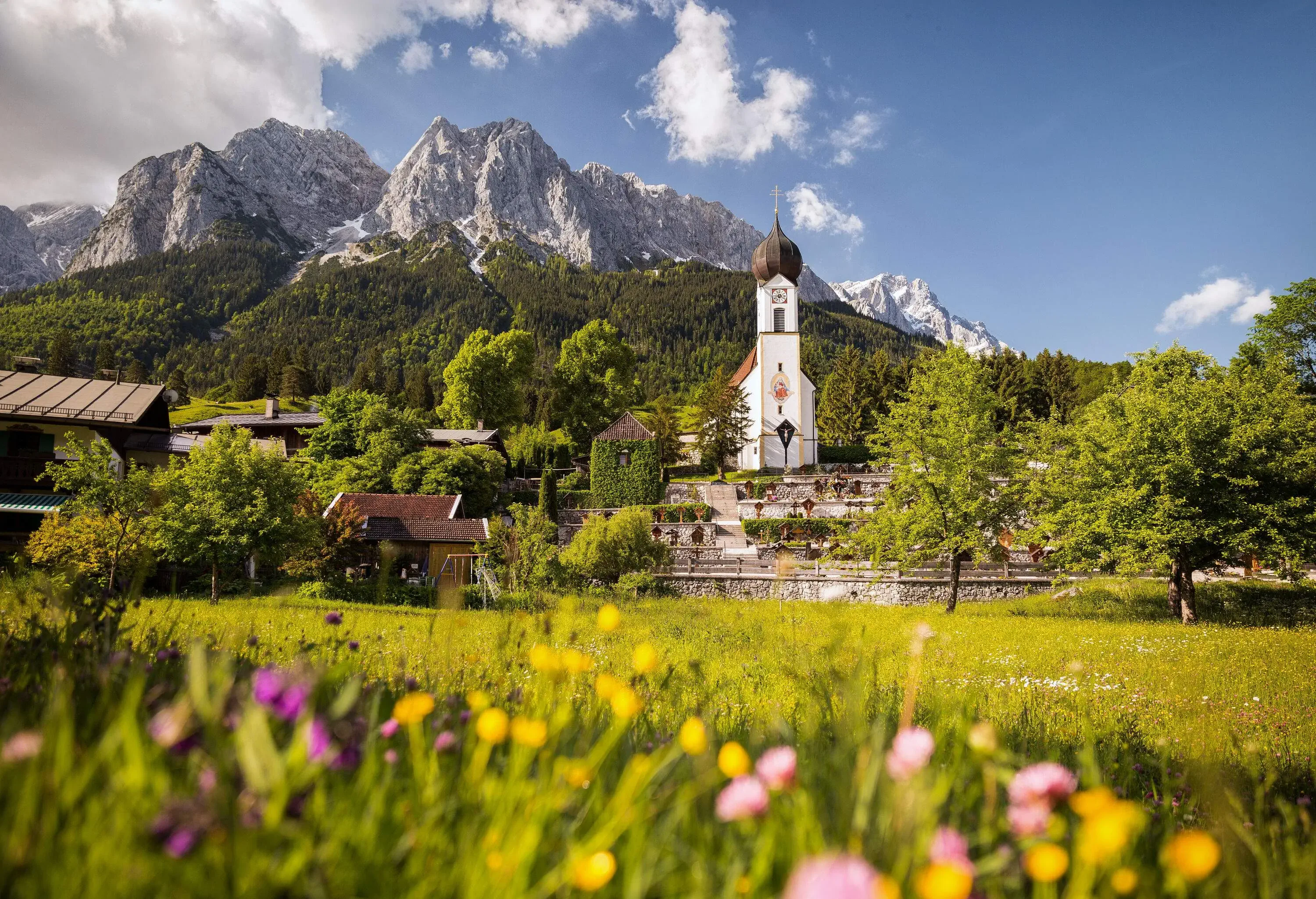
Distance from Füssen: 35 miles - a good hour
Grainau is a pretty little German town, unremarkable but for its dramatic mountain backdrop and position at the foot of the German Alps.
Known as ‘the top of Germany’, at 9,718 feet Zugspitze is the tallest peak in Germany, and getting to the summit is an unmissable adventure!
There are two different ways to the top: you can either jump on the ultra-modern world record-breaking Zugspitze cable car or take the slow route on the century-old cogwheel train from Grainau to the Zugspitze Glacier and then the Gletscherbahn cable car to the top. Or why not go up one way and come back down the other?
Once you reach the summit you will experience panoramic views of over 400 mountain peaks in Germany, Austria, Italy, and Switzerland.
As you descend you’ll have the incredible sight of the deep turquoise Eibsee lake below. The best views of the summit are from the opposite side of the lake and you can hire a bike to cycle the path, walk the 4.5 mile circuit around the lake, or rent a paddle board or canoe to take those memorable photos.
Where to stay in Grainau: Hotel am Badersee enjoys a lakeside location and fantastic facilities.
Day 6: Innsbruck (one night)
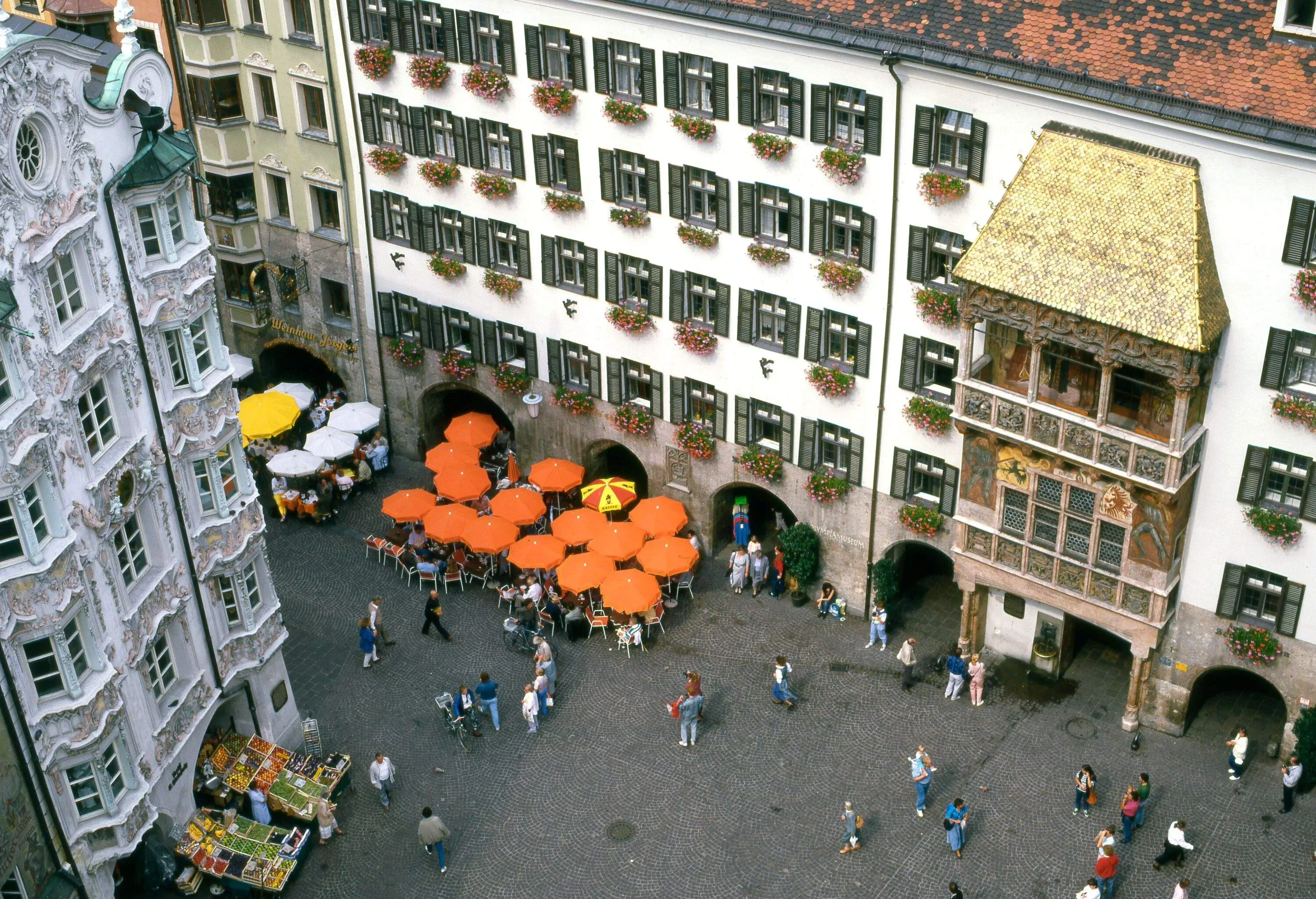
Distance from Grainau: 41 miles - a good hour
Day six sees you heading deep into the Austrian Alps and the beautiful city of Innsbruck, the capital of the western Tyrol.
The city center is a feast for the eyes, with its Baroque churches and the Imperial Palace sharing the city's historic past. Don’t miss the Golden Roof, a balcony with a roof covered in over 2,500 gilded copper tiles, and Hofburg, a historic palace complex once home to the Habsburgs.
For a real adventure, take the Muttereralmbahn cable car up to 5,250 feet and ride one of the downhill mountain go-karts down a dedicated track all the way back to the cable car. Not for the faint-hearted, but a whole lot of fun!
Keep in mind that the Muttereralmbahn is not open all year long but only from late May to late October.
Where to stay in Innsbruck: Hotel Maximilian - Stadthaus Penz is a family-run hotel in the heart of Innsbruck.
Day 7 & 8: Canazei (two nights)
Distance from Innsbruck: 87 miles - 2.5 hours
Another day, another country! Today you’re heading into Italy and the dramatic Dolomites mountains - be prepared for a spectacular drive!
From Bolzano, pick up the Great Dolomites Road, or SS 241. After a series of balconies and tunnels, you’ll get your first jaw-dropping sight of these very special mountains that, unbelievably, were once a sea!
The first of the Dolomites to come into sight is the Latemar massif and the distinctive Torre di Pisa before the mighty Catinaccio rises to take your breath away. Also known as the Rosengarten group in German, this massif is a distinctive shade of pink because of the mineral dolomite, which absorbs the sunset and glows pink in the evening light.
After a series of tight turns along the road, you’ll pass Lago di Carezza, a small and beautiful lake of deep emerald color. The crystal clear waters reflect the sunlight and give rise to the name ‘Lake of the Rainbow’, but the pool also has legends of magicians, wizards, and mermaids.
Soon after, you’ll pass through Vigo di Fassa, to be surrounded by dramatic sheer peaks topped by sharp and craggy rock formations amongst lush green meadows.
Look around to see Marmolada, the Dolomites highest peak at 10,965 feet above sea level, unsurprisingly known as the ‘Queen of the Dolomites’; the huge Sella massif, topped by Piz Boè at 10,338 feet; and Sassalungo, or ‘long rock’ the highest peak of the Langkofel group.
If you make an early start, you’ll be in Canazei by lunchtime, leaving you with the difficult task of deciding what to do for the next 36 hours. I say difficult because there’s so much to do it’s almost impossible to choose!
This is a list of our favorite activities in Canazei:
Take a cable car: There is a huge network of cable cars, gondolas, and lifts in the Dolomites. You can take one from Canazei, hop on another across the valley, and be high in the mountains in just a few minutes.
Go for a hike: Whatever your level of fitness, there’s a hike here for you. Use the cable cars to gain elevation if you don’t enjoy hills and tackle one of the epic hikes of the area.
Take a bike ride: There are lots of places in town to hire electric bikes and there is a great cycle route along the River Avisio which visits pretty villages along the way. If you’re a bit more adventurous you could hire a downhill mountain bike and use the cable cars to get up to one of the many trails in the area.
Visit Piz Boè: If you only do one thing, do this! Drive the Pordoi Pass from Canazei and take the Pordoi cableway to the Terrace of the Dolomites on Sass Pordoi at 9,642 feet. The cable car is a masterpiece of engineering and the five-minute ride is breathtaking.
The summit of Sass Pordoi is well above the treeline creating a lunar-like landscape that stretches for miles. From the cable car station, it’s a fairly challenging hike to Piz Boè with some via Ferrata elements such as steps and rungs to assist you. If you don’t have the four hours or so you’ll need, it’s interesting to wander around Sass Pordoi and enjoy the glorious views.
Where to stay in Canazei: Locanda degli Artisti Art Hotel has a great location in the town and is known for its well-reviewed restaurant.
Day 9: Bardolino (one night)
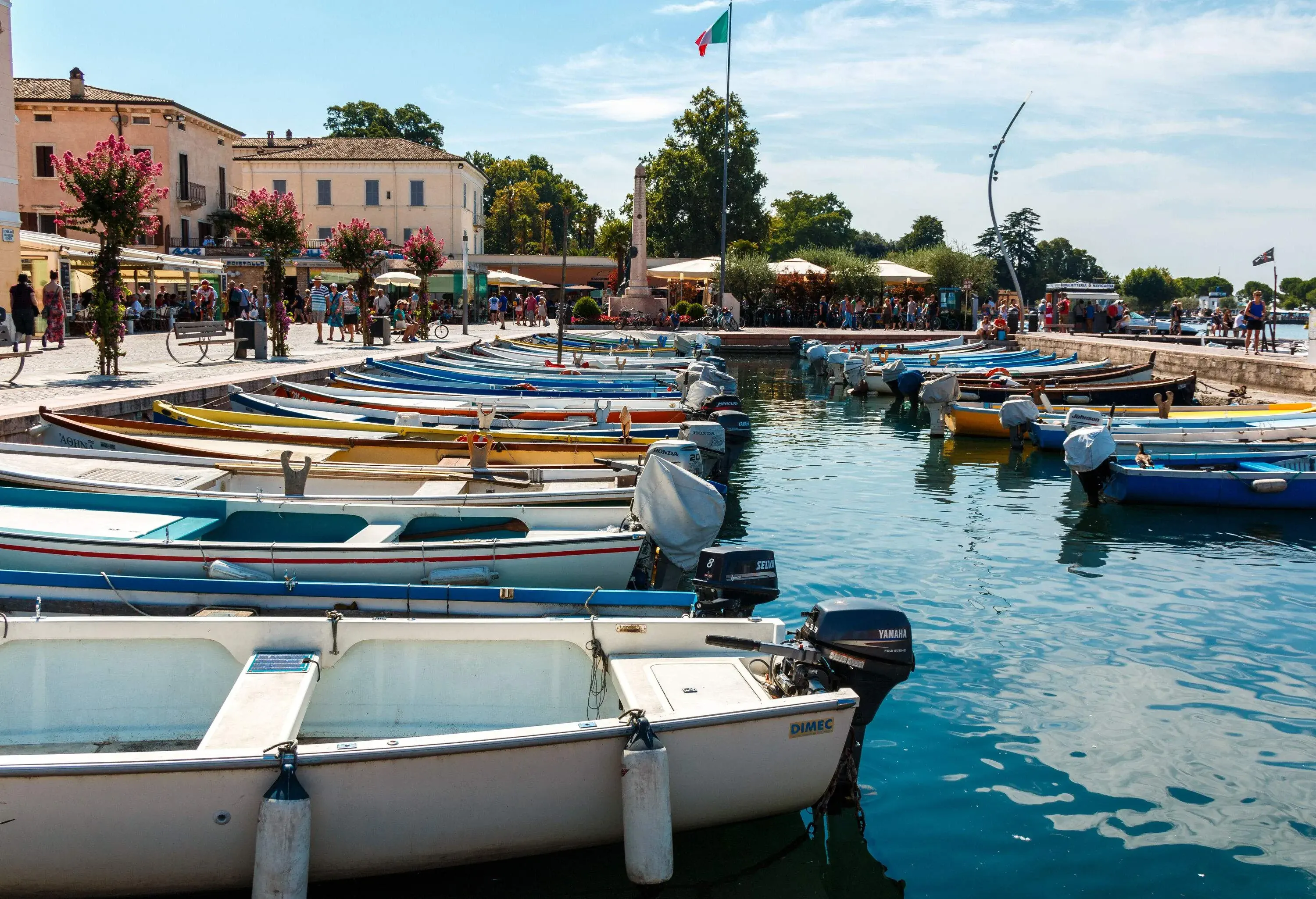
Distance from Canezei: 111 miles - 2.5 hours
On this leg of your road trip through Italy, you’ll be leaving the mountains behind and heading for Lake Garda, the most famous of the Italian Lakes.
On the eastern shore is Bardolino, a pretty lakeside town with a charming historic center that is a delight to explore. With narrow cobblestone streets and colorful buildings, you can easily spend an afternoon strolling the lakeside promenade, relaxing on the sandy beaches, or taking a boat tour to explore the crystal-clear waters of Lake Garda.
Bardolino is also known for its superb light and fruity Bardolino red wine. Taking a local winery tour, sampling the wines, and learning about the winemaking process is an experience not to be missed.
Where to stay in Bardolino: Palace Hotel San Pietro is right on the shore and has a pool to cool off in after your drive.
Day 10 & 11: Venice (two nights)
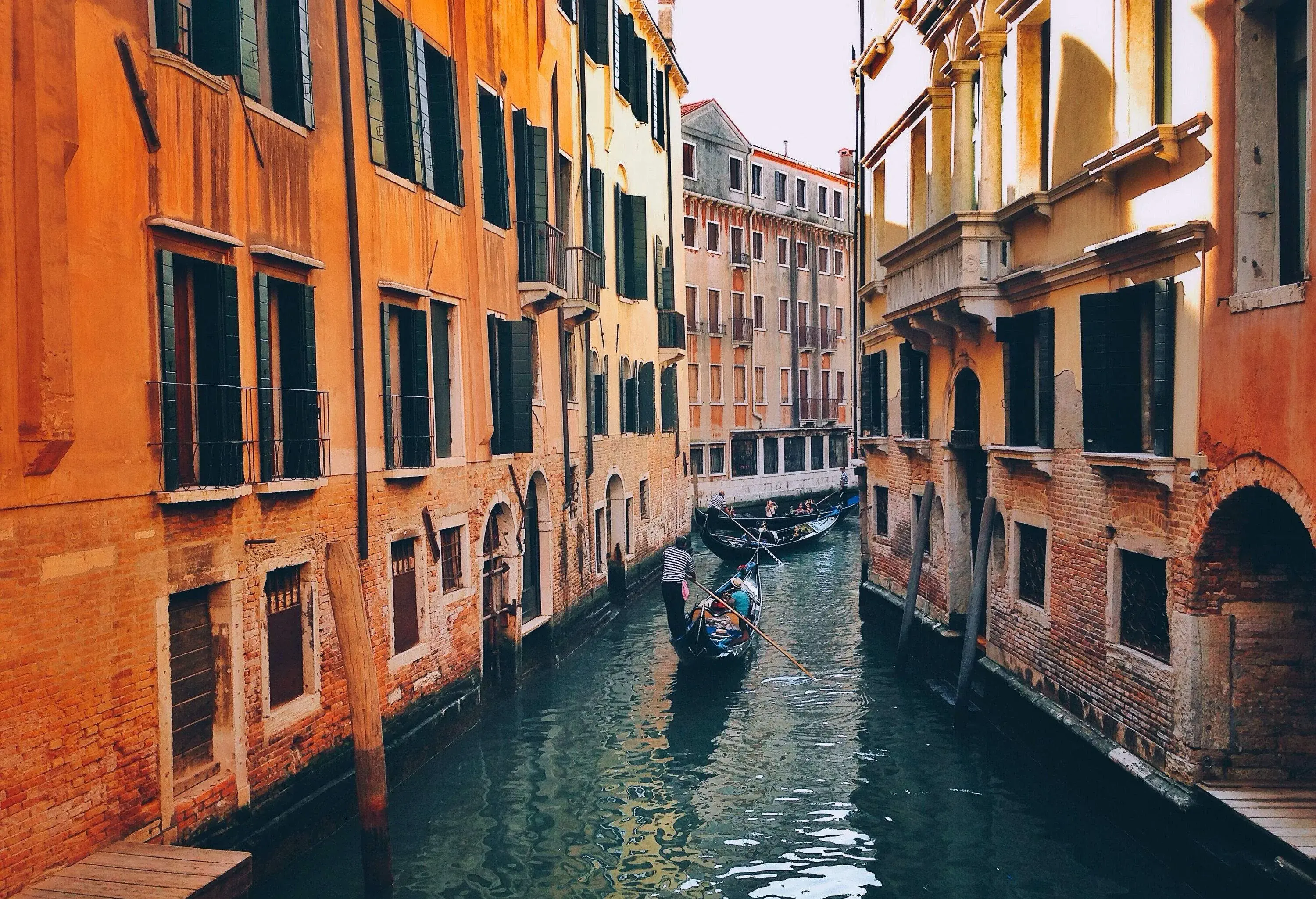
Distance from Bardolino: 95 miles - 1.5 hours
The unique city of Venice has prospered over centuries in the face of adversity. Built in the tidal waters of the Adriatic Sea on a series of mud banks, Venice regularly floods, but its beauty and charm more than compensate for that!
The ‘City of Canals’ is one of the most iconic and romantic cities in the world, made up of a group of 118 small islands separated by canals and linked by bridges.
The city is famous for its stunning architecture, including beautiful palaces, historic churches, and elegant piazzas. Do not miss St. Mark's Basilica, with its intricate Byzantine mosaics, the Doge's Palace, a masterpiece of Venetian Gothic architecture, and the Rialto Bridge.
For us, one of the highlights of Venice is simply wandering through its narrow streets and getting lost as you cross picturesque bridges, soaking up the unique atmosphere of this enchanting city.
Other attractions include taking a gondola ride along the Grand Canal and visiting the famous glass island of Murano, the lace-making island of Burano, and the haunting Torcello.
Where to stay in Venice: Hotel Moresco is well-placed for parking and gets truly excellent reviews.
Day 12 & 13: Bologna (two nights)
Distance from Venice: 96 miles - a good 2 hours
Known as 'la Rossa, la Grassa e la Dotta', meaning the red, the fat, and the learned, Bologna has a wealth of cultural history and is the culinary powerhouse of Europe.
In the saying, red is for the terracotta rooftops of the historic center, fat refers to Bologna’s delicious food and produce, and learned refers to the ancient Bologna University, founded in 1088.
One of the best things to do in Bologna is eat! To sample, smell, and experience the cuisine of the wider Emilia-Romagna region surrounding Bologna is truly a feast for the senses.
Parmigiano Reggiano, Prosciutto di Parma, and Balsamic Vinegar of Modena are all produced locally, and there is no shortage of opportunities to see where this delicious food comes from.
Don’t forget to admire the beautiful architecture too, which includes the UNESCO listed porticoes of Bologna, and the two towers, a famous symbol of Bologna.
Where to stay in Bologna: Hotel Brun is in the heart of the old town and is known for its delicious breakfast.
Day 14: Milan (one night)
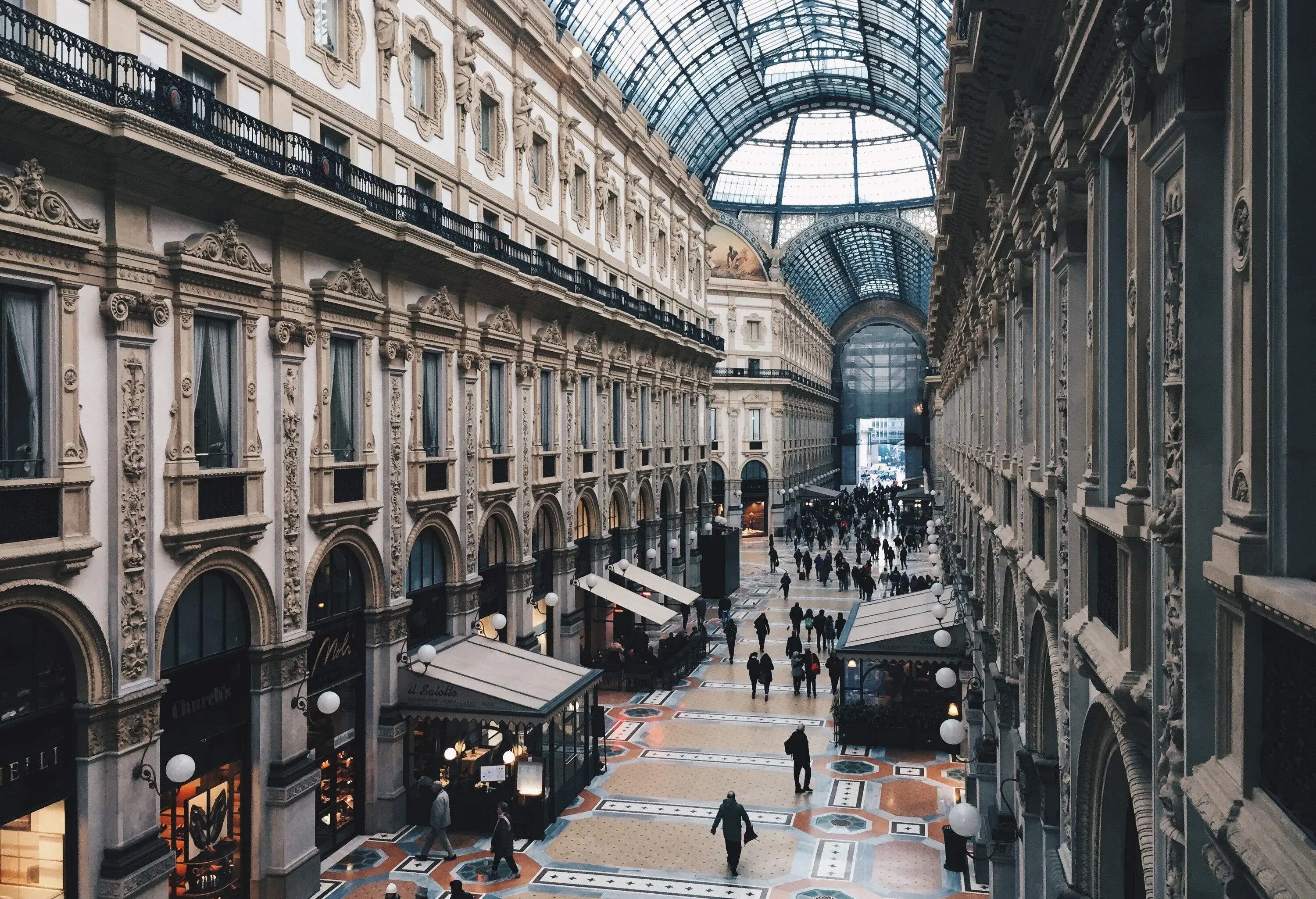
Distance from Bologna: 136 miles - 2.5 hours
The last stop on your Europe road trip is the fashion capital of Italy, Milan. An incredible blend of historic and modern, the most iconic site in Milan is its Il Duomo di Milan, a fantastic example of Gothic architecture.
Other must-sees in Milan are the UNESCO World Heritage Site of Santa Maria delle Grazie, where you can see The Last Supper, Leonardo da Vinci’s unrivaled masterpiece painted between 1495 and 1497, and the Galleria Vittorio Emanuele II, one of the world's oldest shopping malls, which is perfect for those interested in luxury brands.
Where to stay in Milan: The Radisson Blu Hotel Milan is well-positioned for Milan’s airports and has a pool and sauna to help you unwind from your trip.
Conclusion
By the time you complete your Europe road trip, you’ll have visited some of the most beautiful places in Europe. From the spectacle of the Dolomites to the history of Germany and the culture of Italy, this unforgettable journey will leave you with memories to last a lifetime.
Start planning your adventure today and discover the beauty and diversity that await you in the heart of Europe.
Disclaimer: The hotel recommendations included in this article are based on customer ratings and the author's personal choices, so please feel free to use our hotel search tool to find the accommodation best suited to your needs.

